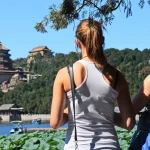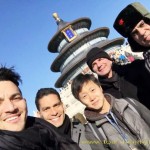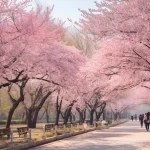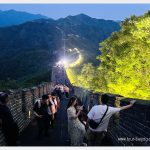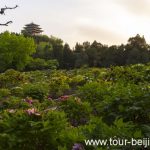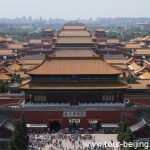Peitian Village in Fujian
Plan your Fujian Tour? Peitian Village is a place worth visiting in Fujian. The cluster of the ancient Ming and Qing buildings in the Peitian Village is one of the three kinds of vernacular Hakkak dwellings. The other two are Tulou (clay buildings) in Southwest Fujian and Weilong Wu (circled dragon houses) in Meizhou of…
